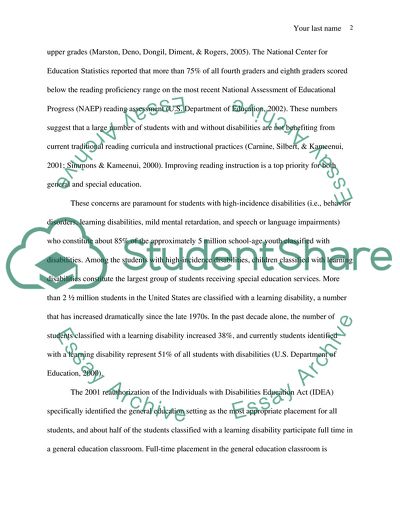Cite this document
(Strategies for Teaching Reading to Students with Learning Disabilities Literature review, n.d.)
Strategies for Teaching Reading to Students with Learning Disabilities Literature review. https://studentshare.org/education/1708151-strategies-for-teaching-reading-to-students-with-learning-disabilities
Strategies for Teaching Reading to Students with Learning Disabilities Literature review. https://studentshare.org/education/1708151-strategies-for-teaching-reading-to-students-with-learning-disabilities
(Strategies for Teaching Reading to Students With Learning Disabilities Literature Review)
Strategies for Teaching Reading to Students With Learning Disabilities Literature Review. https://studentshare.org/education/1708151-strategies-for-teaching-reading-to-students-with-learning-disabilities.
Strategies for Teaching Reading to Students With Learning Disabilities Literature Review. https://studentshare.org/education/1708151-strategies-for-teaching-reading-to-students-with-learning-disabilities.
“Strategies for Teaching Reading to Students With Learning Disabilities Literature Review”. https://studentshare.org/education/1708151-strategies-for-teaching-reading-to-students-with-learning-disabilities.


